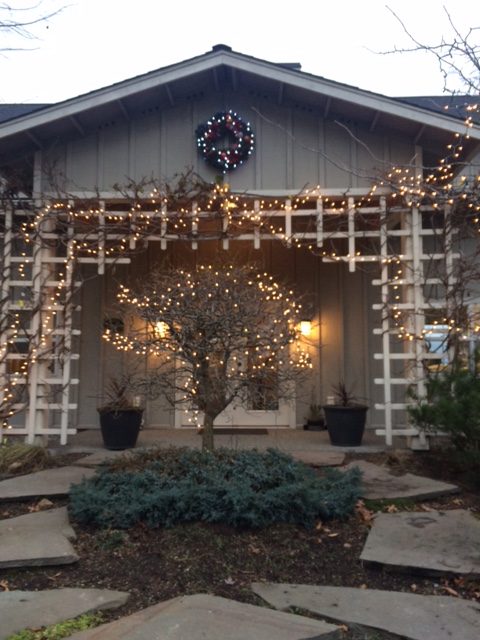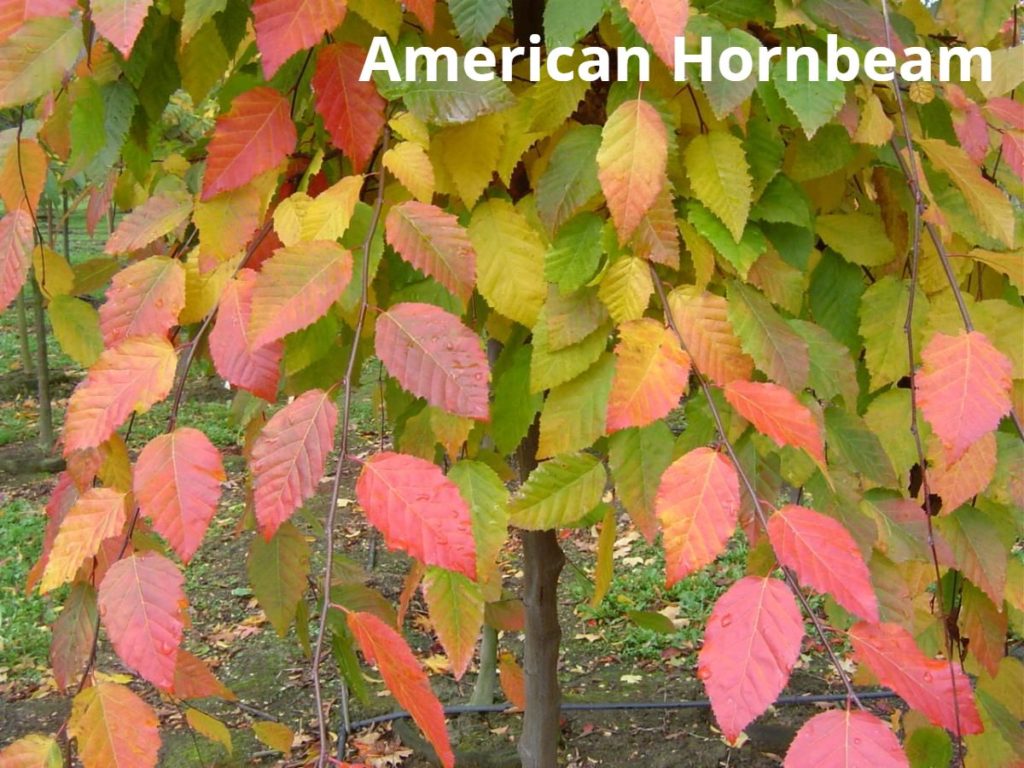
Our 2020 Christmas Card is ready to view!
Click Here
Wholesale Tree Nursery

Our 2020 Christmas Card is ready to view!
Click Here

Our Q3 Newsletter is ready to view!
Click Here
Our Q1 Newsletter is now ready for viewing!
As with most nurseries, the busiest time of year for us is the spring planting season, which typically begins in February and continues through May. Some planting is also done in the fall, shortly after the fields are tilled and fumigated, readying the grounds for production. Approximately 7,500 trees are planted annually, a significant increase over the small number we were planting when the nursery was first established. Over the years we have devised a strategic field layout that suits our tree-growing operation. We lay out the field with trees spaced three, four, or five feet apart, depending on the variety, in rows that are eight feet apart.
Check out this great article from Digger (published by Oregon Association of Nurseries) written by Tracy Miller!
Approximately 80 percent of the population of the United States now lives in urban environments where trees are both beloved – and imperiled. Estimates are that urban environments are home to 77 percent of invasive species introduced for…READ MORE